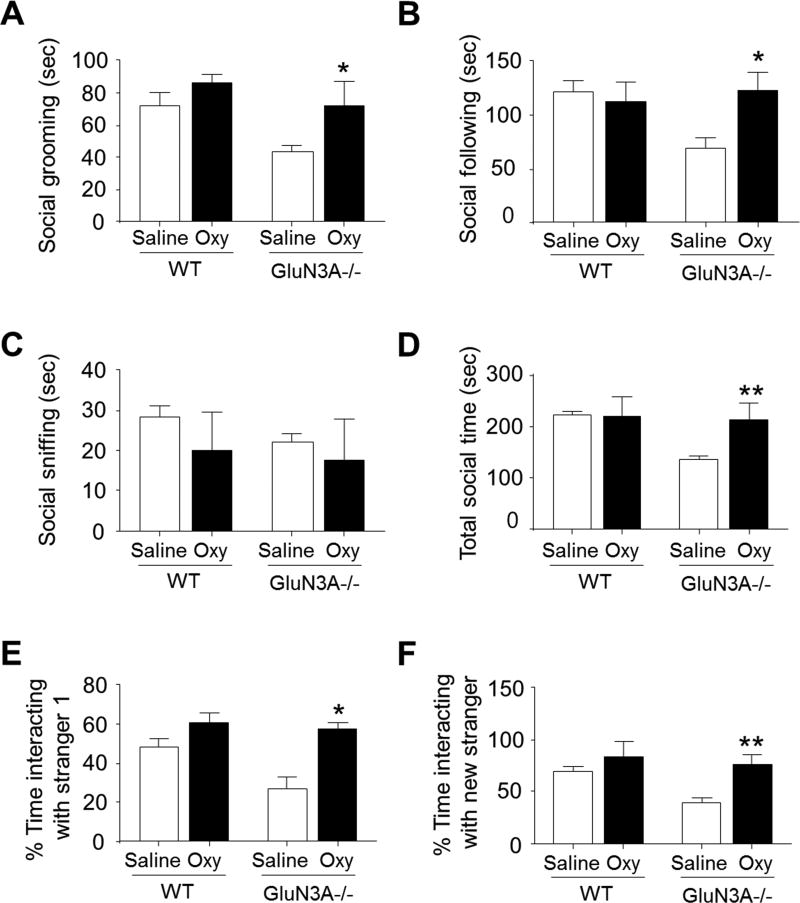Figure 7. Oxytocin treatment rescues impaired social behaviors in GluN3A KO mice.
Oxytocin (Oxy; 10 mg/kg) was intraperitoneally administered once per day for 7 days in adult WT and GluN3A KO mice. A–D. In the social interaction test, oxytocin treatment rescued the social deficits in social grooming, social following and, consequently, increased the total social time of GluN3A KO mice. One-way ANOVAP; F(1,16)=0.4797 (A), F(1,16)=5.010 (B), F(1,16)=0.2161 (C), F(1,16)=10.21 (D), *P<0.05 vs. saline-treated GluN3A KO mice, **P<0.01 vs. saline-treated GluN3A KO mice; n=5 per group. E. In the sociability test of three chamber system, oxytocin-treated GluN3A KO mice spent significantly more time in the chamber containing a stranger mouse. One-way ANOVA, F(1,8)=3.809, *P<0.05 vs. saline-treated GluN3A KO mice; n=5 per group. F. In the social novelty test, GluN3A KO mice showed social deficits of reduced interaction with a stranger while oxytocin treatment completely corrected this problem to the WT control level. One-way ANOVA, F(1,8)=0.8830; **P<0.01 vs. saline-treated GluN3A KO; n=5 per group.

